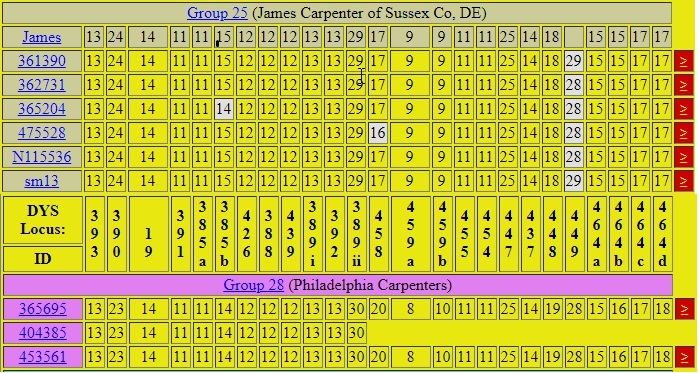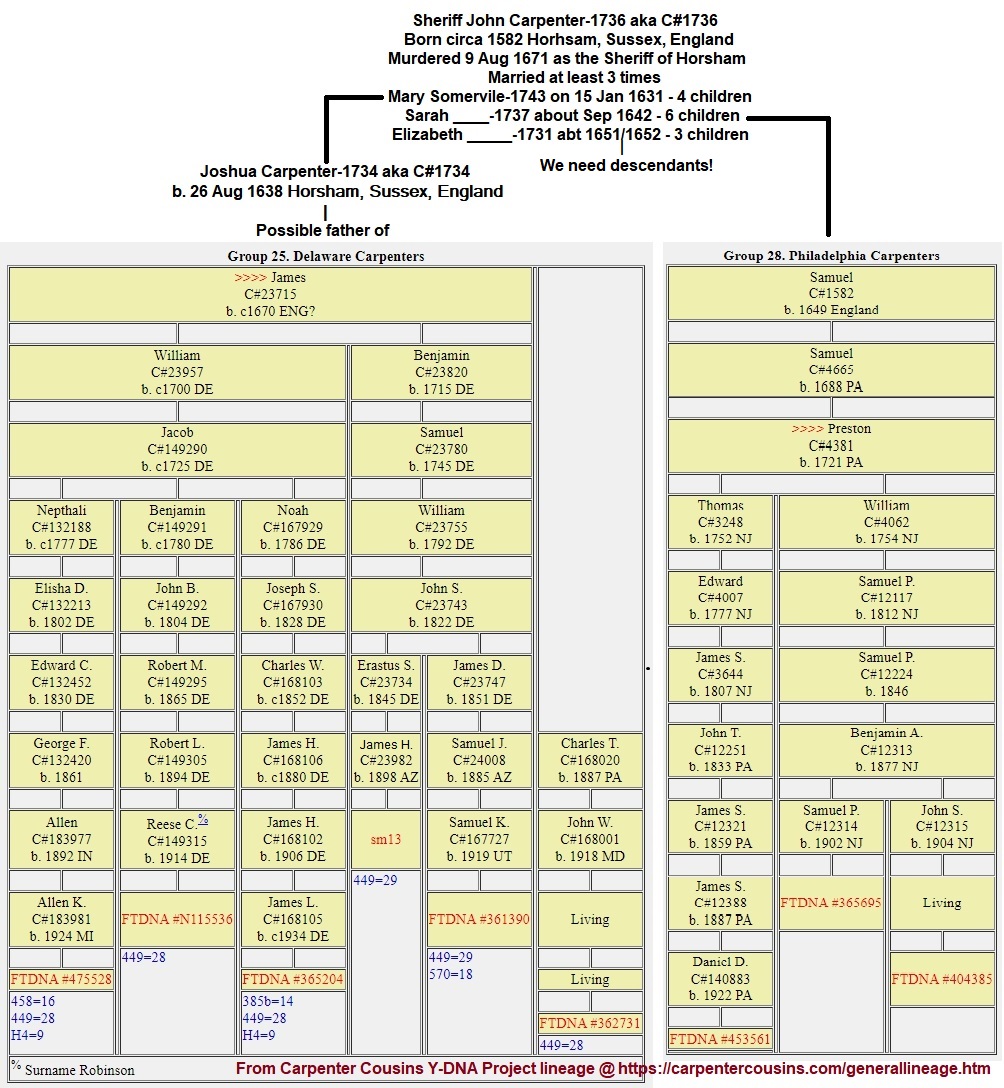Briefly, a NPE is where there is a formal or informal adoption of DNA into a genealogical lineage.
The most common NPE I and others have identified is a widow with a young male child that remarries. The child bonds with the stepfather and assumes his surname.
Historically, before the modern codified and more documented government, a male wishing to marry a widow with children had two choices. Either accept or reject the children of the widow. Rejecting them meant they would be farmed out to relatives and under a worse case situation a public work house or orphanage. On occasion, once the new family was established, some of the widow's children maybe allowed to reside temporarily. If the potential new husband accepted the children then he became the defacto father according to the community. He then took responsibility to raise them properly as if they were his own blood.
One technique is a Y-DNA surname study is to compare Y-DNA marker values. If this numerical value pattern is exact then they match exactly (aka genetic distance of zero "0") at the number of common markers tested. If they match closely then that is defined. For example: a 36/37 marker match is a mismatch of one marker of a value of one numerical value - aka a genetic distance of one.
Can it get more complicated? Yes. But in this brief, the example is adequate to present the idea of difference. These numerical values form a genetic profile or genetic fingerprint. Another way of looking at, is that their Y-DNA marker value are their genetic ID or genetic identification number. And those males (who carry the Y-Chromosome) in the same family have virtually the same Y-DNA as their biological father and so forth back into history. This is why Y-DNA is excellent for surname studies.
By collecting the same or very similar genetic profiles with the same or similar surnames using Y-DNA testing then you start a genetic group. These genetic surname groups are based on Y chromosome Short Tandem Repeats (Y-STRs) that form a genetic profile or genetic fingerprint. This is done by using the numerical value indicating the number of protein repeats of each specific DNA Y-Chromosomal Segment – aka DYS – marker.
There are 7 markers showing seven one digit differences representling a genetic distance of 7 out of 25 markers. Then there is a single marker (DYS458) that has a three step (numerical) difference. This one DYS458 marker contributes another genetic distance of 3. Total genetic distance is now 10 out of 25 markers. This is like a 15/25 marker match which is clearly NOT closely related genetically. Other Y-DNA markers 26 up to 67 markers tested are not shown in this example, indicate even more differences.
Those 25 Y-DNA markers first cited are on the next image from Table 1 of the Carpenter Cousins Y-DNA Project showing Family Tree DNA marker set 1 to 25. Those who test the 26 to 37 marker sets (Table 2) are indicated by the red block (with the greater than symbol) at the end of that line. Grey blocks indicate mutations to the group mean.

Another important item to be aware of is the number of Y-DNA markers tested. The more Y-DNA markers one compares, the better. This is because it increases the probability of the genetic relatedness.
Group 25 and 28 are uniquely different in their genetic profile or fingerprint compared to each other and other Groups in the Carpenter Cousins Y-DNA Project.
While Groups 25 & Group 28 claim a genealogical relationship (see image below), they are clearly NOT genetically related.
This next image is adapted from the The Carpenter Cousins Y-DNA Project lineage page. This image shows the believed relationship between Group 25 and Group 28 genealogically.

It is important that DNA Projects show their work in triangulation of both the genetic DNA matches and how lineages fit together genealogically. This report and others like it from the Carpenter Cousins Project tries to show this work. The Carpenter Cousins Y-DNA Project provides genetic tables by groups and a separate, but group related, lineage page showing the ancestry of those Y-DNA tested. Group 25 and Group 28 need much more work genealogically and with more Y-DNA testing to better understand why the genetic parts are so different to the genealogical whole.
This brief along with the rest of the effort is to help educate and encourage those matching Group 25 and Group 28 either genetically or genealogically. Why? Because if you are related (genetically or genealogically) in any way, please be part of the solution! Help share your genealogy and please participate in Y-DNA testing!
Regarding Genetic Genealogy there are many very well done books and many web pages that show how the genetics match up with the genealogy. The following links will provide a basic guide on DNA testing and a follow up on two advanced DNA tests. Please remember that there are different DNA tests and that each DNA test is a tool with their own plusses and minuses. Again, the following links maybe helpful.
Links
- A Carpenter Cousins DNA testing brief.
- A little more on atDNA and SNP testing - more advanced but related to the above.
- ISOGG - Beginners'Guide to Genetic Genealogy - An excellent source!
If you have any questions about the Carpenter Cousins Project (genealogical support) and the Carpenter Cousins Y-DNA Project, please see: The Carpenter Cousins Project webpage
John R. Carpenter
La Mesa, CA USA
https://carpentercousins.com
Table of Contents
- Start Page
- Group 25 Descendants
- Group 28 Descendants
- Descendants
- Surname List
- Name Index
- The Carpenter Cousins Project